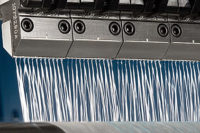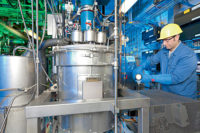Focus On: Adhesive Suppliers and Manufacturers Make Strides in Serving the Packaging Sector
A key requirement of any leading adhesive company is not only to meet customers' needs but to predict them.
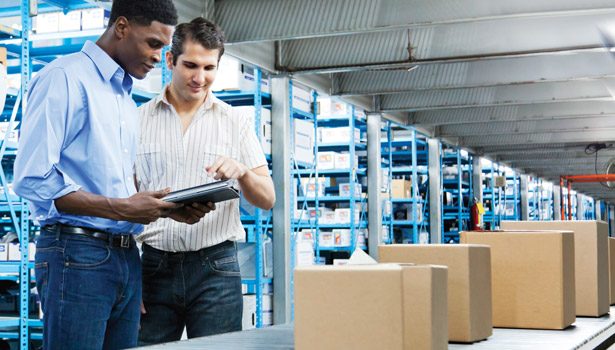
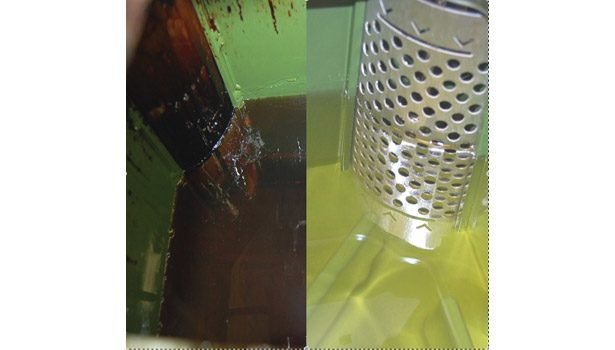
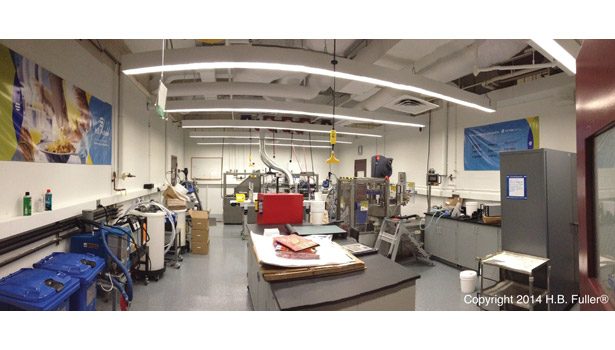
H.B. Fuller’s Packaging Center of Excellence in St. Paul, Minn.



From the first recorded use of industrial adhesives during the time of the pharaohs in Egypt until today, our industry has had two consistent driving forces: the changing needs of the industries we serve, and the innovation necessary to meet those needs. During the recent past, we have seen key changes in many of the markets we serve, some dramatic changes in our raw material supply chain, and significant developments in the machinery used to apply our products.
A key requirement of any leading adhesive company is not only to meet customers’ needs but to predict them. In packaging markets, key global trends—such as the use of less packaging, stronger environmental and safety focus, and the constant need to help our customers reduce costs—have resulted in significant innovations in adhesives and adhesive application technology.
Basic hot melts based on EVA technology have lost share to products based on metallocene polymers or more specialized EVAs that can be applied at lower temperatures. The latest hot-melt developments involve the use of new polymers and lower content of scarcer resources, such as tackifiers. These lower density products promise wider end-use temperature resistance (-40-150°F), good adhesion to a variety of substrates, good resistance to difficult substances (such as migratory oils and fragrances), and lower cost because less adhesive can be applied and no charring or degradation of the adhesive occurs in the applicator system.
Applicator Developments
The basic hot-melt applicator has been in existence for more than 60 years and, while many improvements have been made, the basic features have remained the same, including a tank to melt the adhesive, heated hoses to transport it, and an applicator module/gun to dispense it. Recently, new designs have appeared with a very small area for heating the adhesive; these systems are known as “tankless” or “on-demand” systems.
The manufacturers of these systems underscore that the customer will benefit from lower adhesive and spare part costs, primarily due to lower degradation of the adhesive as it is kept at high heat for a shorter length of time. The customer also will benefit from a smaller footprint for some machines, less energy use, automatic control of the addition of adhesive into the tank, and less contamination since these systems are “closed” and the adhesive is vacuum fed from a large container into the heated area.
After extensive testing on these machines, H.B. Fuller has proven that it is true that degradation of the adhesives due to heat exposure takes longer than in a standard system. However, eventually some degradation will occur if low-quality hot melts are used. The value propositions that made brands like Advantra® so successful still hold true: The customer will continue to benefit from better mileage and no degradation of the hot melt using these technologies vs. cheaper technologies. H.B. Fuller has now certified several of its key products for use on these new applicators and, following extensive testing in its Packaging Center of Excellence in St. Paul, Minn., the company has the data to prove the performance of its products over long periods of use.
Material Innovations
H.B. Fuller has also done extensive research into the use of alternative adhesive technologies and raw materials. One of its recent innovations was the launch of the new Liquamelt® adhesive technology. This is a “cold” adhesive delivered to the customer in liquid form and—via specialized application equipment that superheats the product very quickly—is applied to the case in the form of a “mousse.” This adhesive has multiple beneficial properties, including:
• Excellent bond strength over a wide range of end-use temperatures
• Safety, as the heating only occurs in the last foot of the applicator system
• Eco-friendly, as it uses a high percentage of renewable raw materials and 20-30% less energy
• Uses approximately 40-50% less adhesive than a conventional hot melt
All users of hot-melt adhesives remember that only two or three years ago, the industry saw severe shortages of several raw materials. Some of these shortages have occurred because of a fundamental change in the raw material supply chain, whereby the raw materials we use are now derived from “light” streams like natural gas, instead of “heavy” sources like oil. The chemical cracking process used with light streams produces fewer of the byproducts, or raw materials, we need in the adhesive industry.
As a result of these supply challenges, some major adhesive producers even had to put customers on allocation. By developing new products, such as Liquamelt adhesive, and using our network of global raw material suppliers, H.B. Fuller is confident the company can continue to provide the supply chain security that large customers are looking for and maintain its record of never putting any customer on allocation.
Process Improvements
With new and improved adhesives, and new application methods like stitching and on-demand systems, our customers are benefiting from lower costs. However, the reduction in cost from lower adhesive consumption or lower maintenance on machinery is small when compared to the cost reductions that can be achieved by helping the customer reduce downtime, increase production speed, and reduce waste or quality complaints. Perhaps the biggest change that has occurred in our industry is the need to be a true expert in the customers’ processes and markets.
Adhesives are typically a low-cost item compared to other key materials used by our customers, but the affect of poor performance is disproportionately large. Customers need experts to help them maximize cost reduction while simultaneously maintaining high quality and process efficiency. H.B. Fuller has developed the largest sales and technical service team in North America, and each person is highly trained to be an expert in their field. With the support of technical experts and world-class applications and analytical laboratories, the company’s sales professionals are equipped
with many analytical tools to help identify cost savings opportunities for each customer.
Multifaced Approach
Many people may consider the adhesive used for many applications in packaging and converting to be “mature” and even commoditized. However, infinite opportunities are available to find new value for customers either through adhesive innovation or cost reduction. The price for any product can only go so low, but there is no limit to the savings that can be generated when you bring new product or service innovation to customers—and then together, you partner to drive costs out of the manufacturing process.
For additional information, contact the author at (651) 236-3375 or visit www.hbfuller.com.
Looking for a reprint of this article?
From high-res PDFs to custom plaques, order your copy today!



